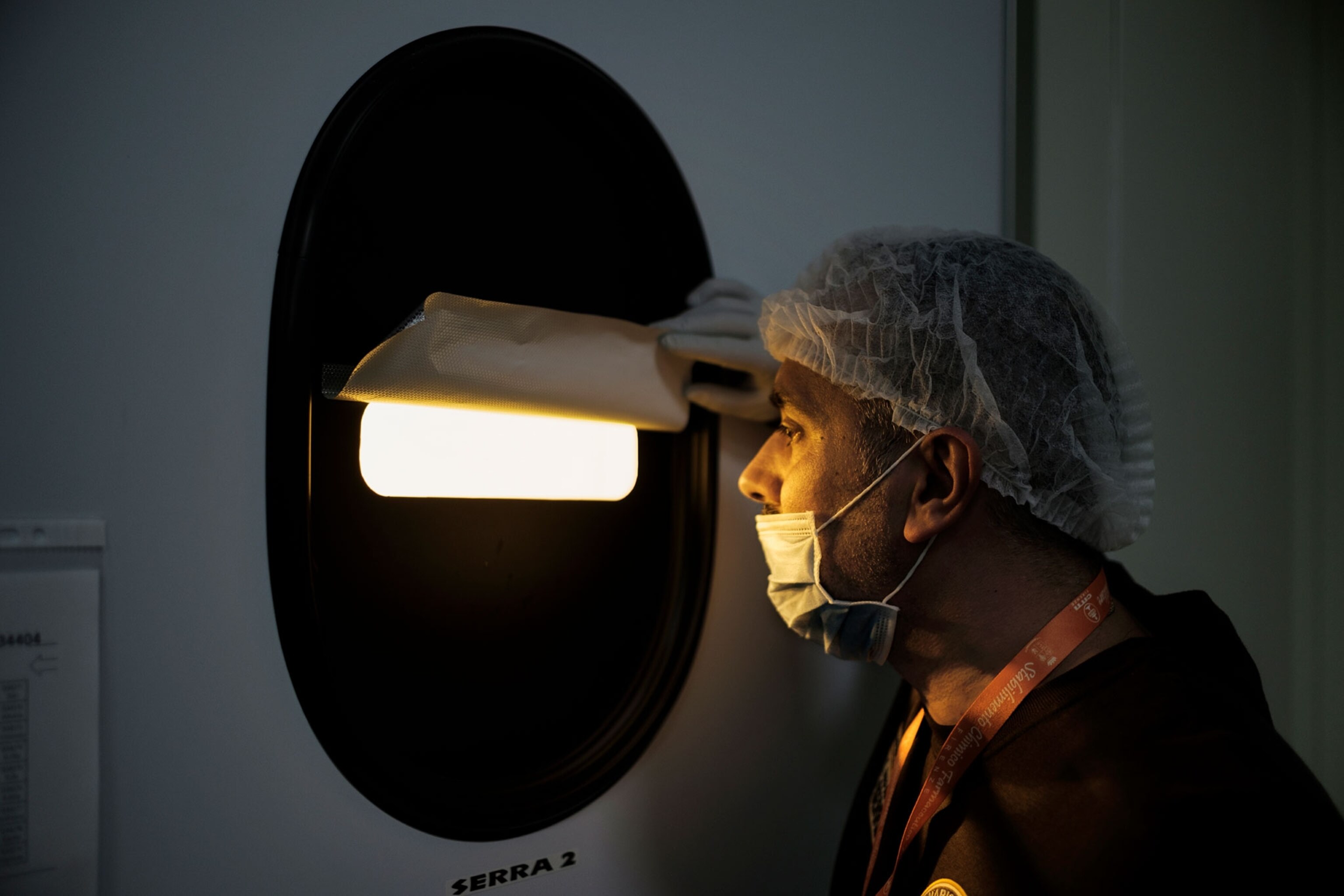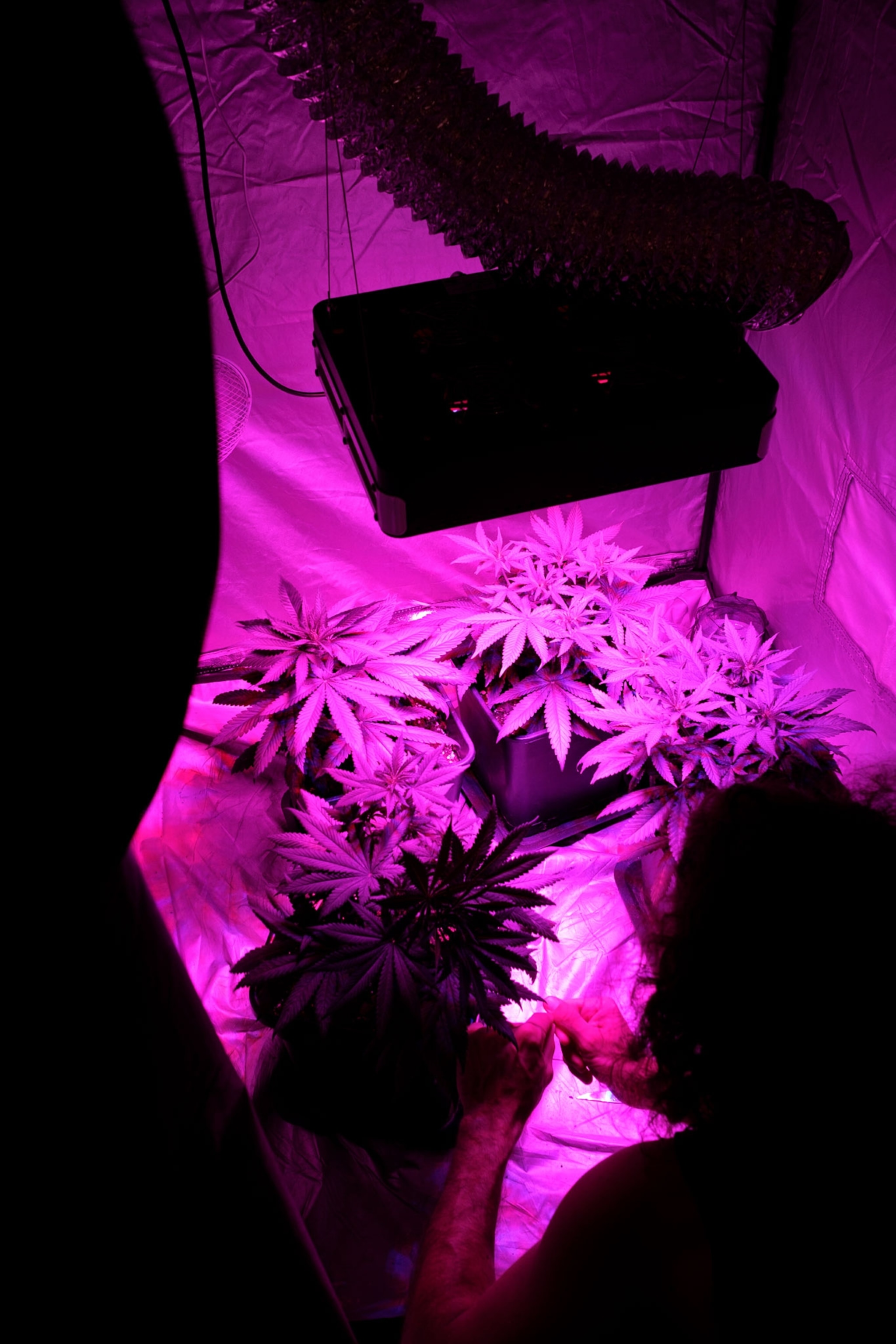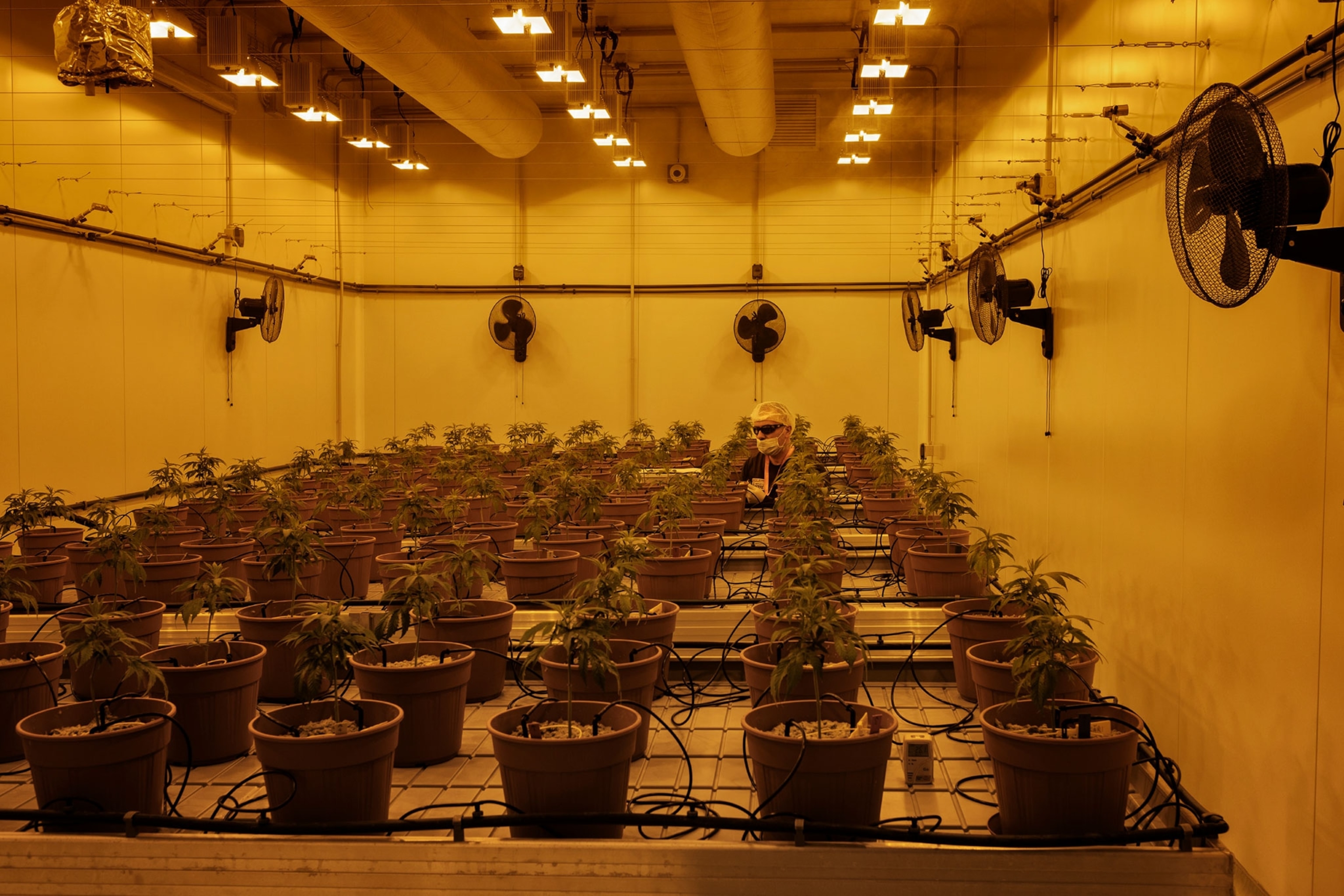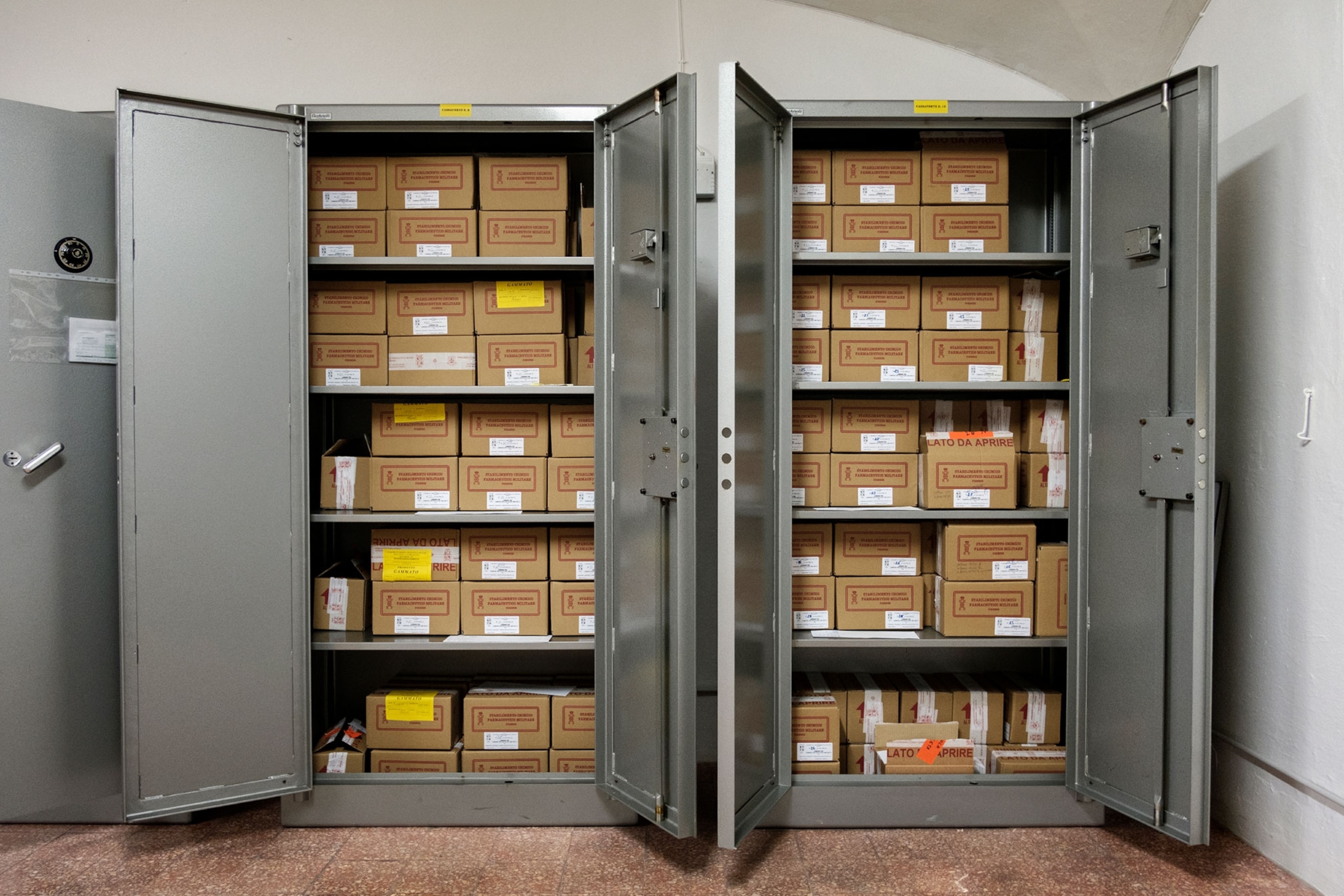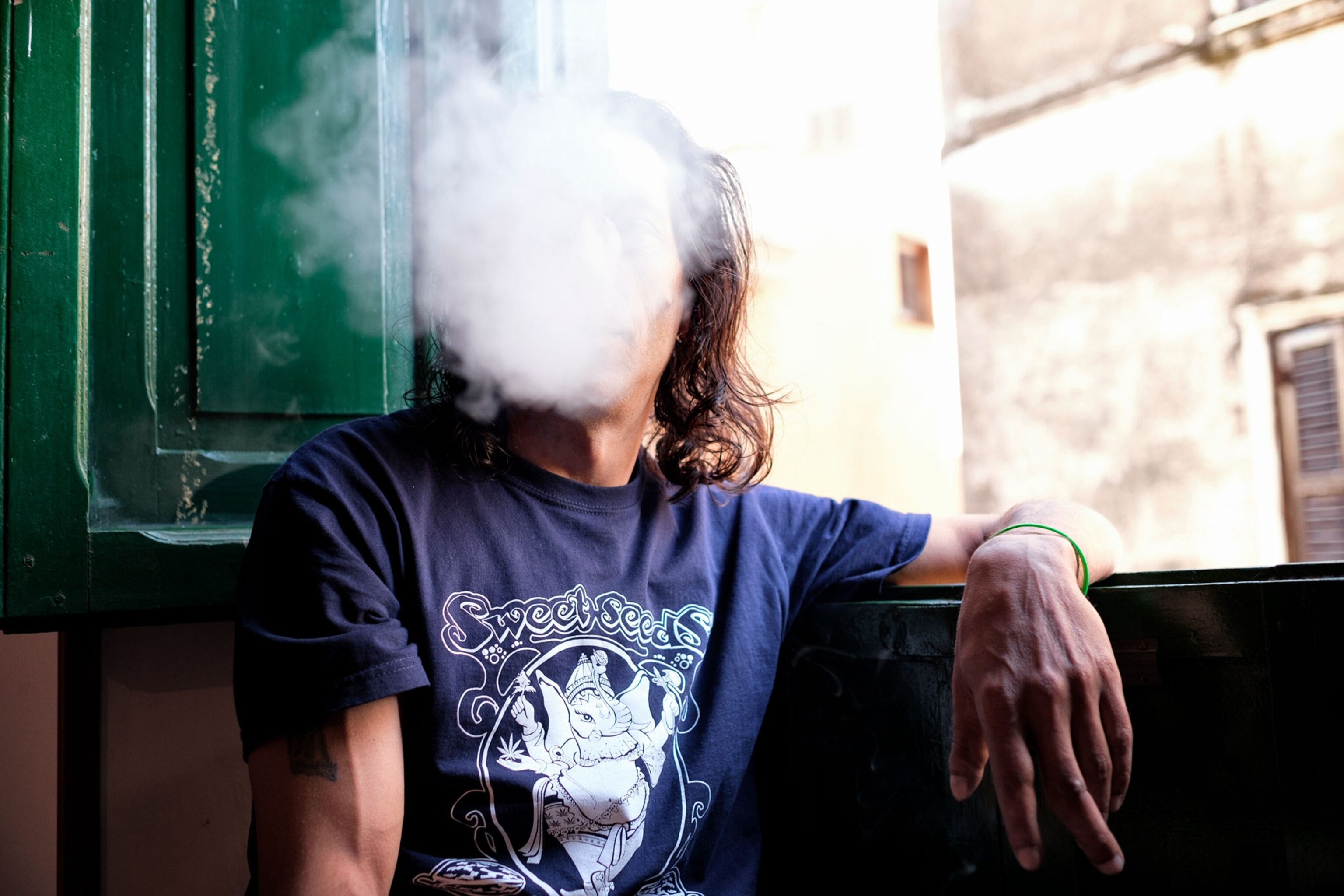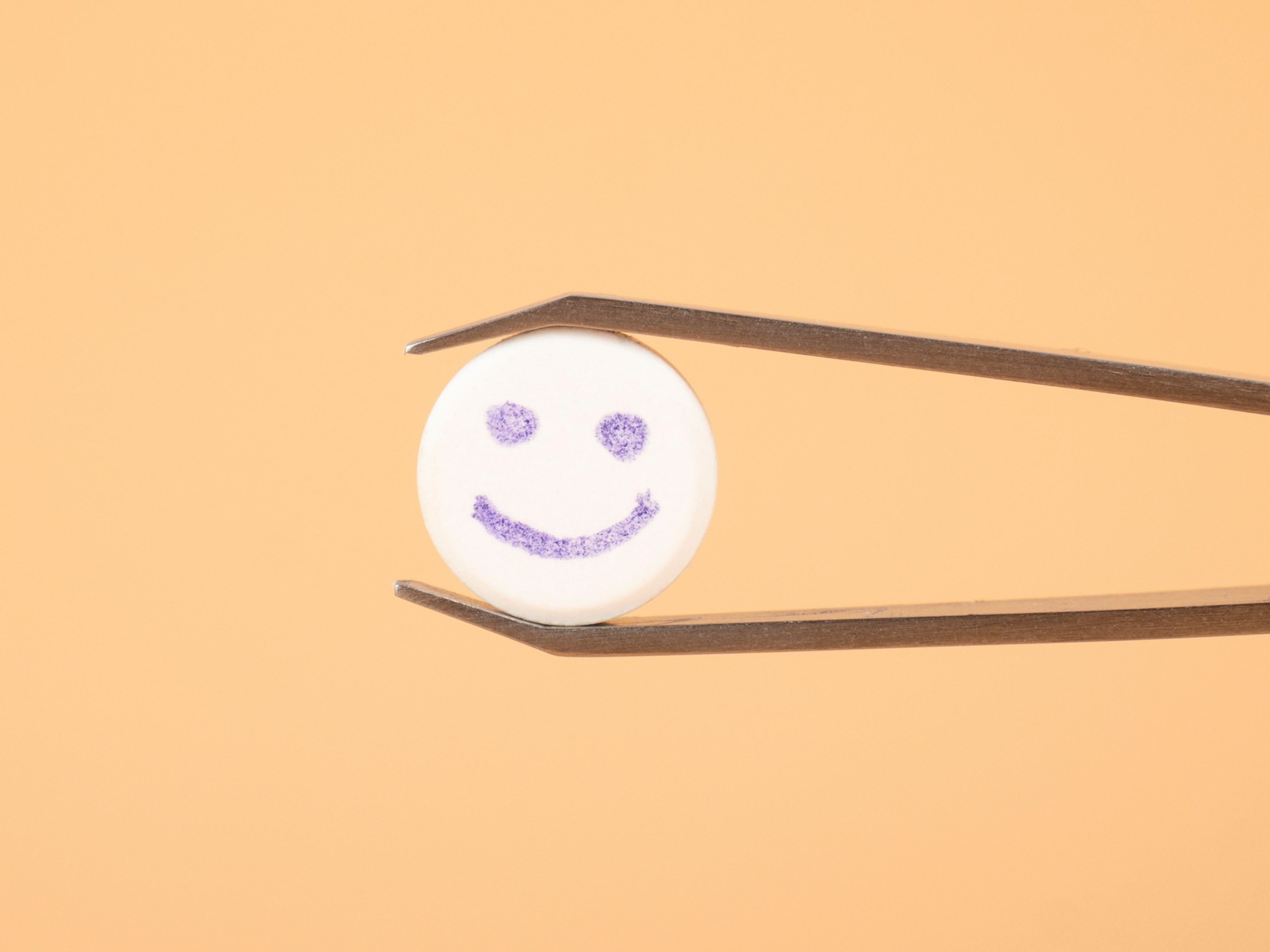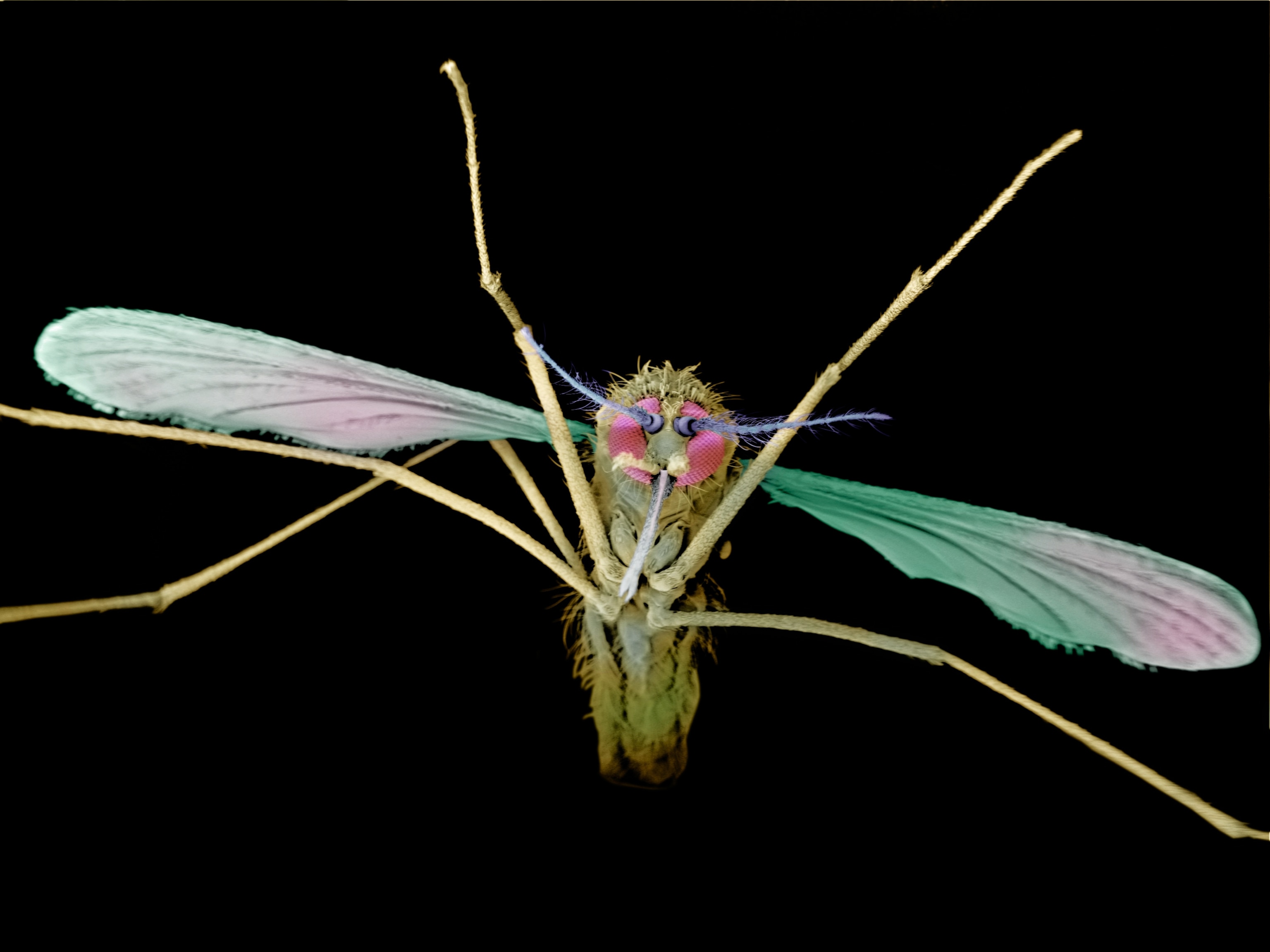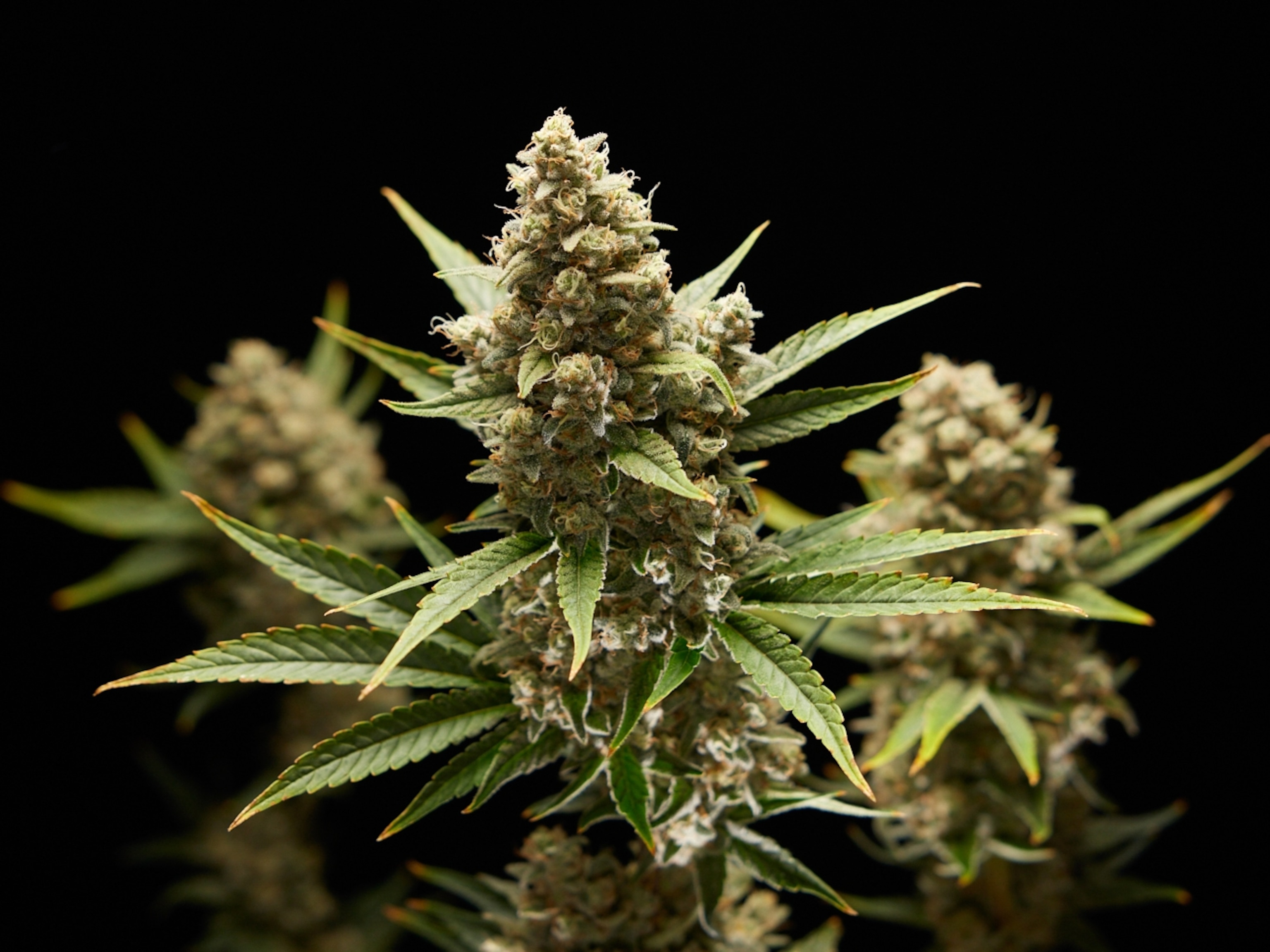
Inside a Flourishing—and Conflicted—Weed Industry
Hemp and marijauna have been legally grown in Italy for centuries but new challenges are emerging.
While Matteo Bastianelli was photographing, he would sometimes work 30 hours straight.
When he embedded with police in Lecce, the white-stone city in southern Italy, he found himself riding along on stakeouts, watching operations to intercept drugs, and chasing leads around the clock. He watched four tons of seized marijuana be incinerated, and an armed confrontation to recover illegally trafficked drugs.
Other days were slower. He’d sit with Italian people at the center of his latest work. He’d hang around in their apartments, and follow them on errands. “When I work on long-term projects, and I have to slip into other people's lives, I need to feel accepted,” Bastianelli says.
His most recent work, Green Gold, was recently featured on the cover National Geographic Italia and chronicles the many roles of cannabis in Italy: as the centerpiece of a flourishing industry, as an illegally trafficked good, and as a consumable product used both medically and recreationally.

Italy is one of the best places to study cannabis. The country was one of the world’s top producers in the first half of 20th century, before growers and consumers were undercut by prohibition and synthetic materials. A series of regulations from the Italian government over the years have offered conflicting approaches—alternating between heavy or light enforcement—with conflicting results. In recent years, 23 percent of teenagers between 15 and 19 have admitted to using cannabis, according to Italy’s Department of Antidrug Policies. And police only seize a fraction of what’s traded illegally. The rest enriches organized crime rings, which see 70 percent of their profits come from drug trafficking.
Still, the legal industry persists. In fields near Castiglione d'Otranto, in Apulia, Bastianelli met young farmers who said they preferred to live off their land by growing cannabis rather than seeking higher-paying jobs in cities. Bastianelli met with farmers and with patients using marijuana to cure their illness. He met with local associations advocating less regulations and followed police officers as they hunted traffickers. Every stakeholder seemed to have distinct goals.




Some people who use marijuana therapeutically wanted to be photographed. “Many feel badly represented by the media that often confuses them [with recreational users],” says Bastianelli. “If these issues aren’t approached seriously and with the right in-depth analysis, it’s easy to confuse an ill person with someone using recreationally.”
In Italy, while it’s legal to buy marijuana in drugstores with a prescription, too much regulation often leads to spiking prices, and many see the black market or simply growing it themselves as more affordable. Andrea Trisciuoglio, a 38-year-old with multiple sclerosis and one of Bastianelli’s subjects, had tried different treatments for years; but since he started using marijuana 10 years ago, he’s been able to walk again. Alberico Nobile, 36, affected by quadriplegia since age 15, needs marijuana every other hour. Trisciouglio started an advocacy group LapianTiamo to push for easier access for private medical use and to publicly correct misconceptions of the drug.
Changing focus, Bastianelli next aims to focus on international cannabis trafficking, incorporating Albania and Morocco’s roles in trade. Ultimately, he’ll collect his work into a book and a traveling exhibition geared especially toward students.
“Education can help disseminate works that aren’t sensationalist, that want to impress but also pose questions: about who we are, what we want to be when we grow up, our relationship with the environment,” says Bastianelli. “It can help us understand all the realities that surround us.”
